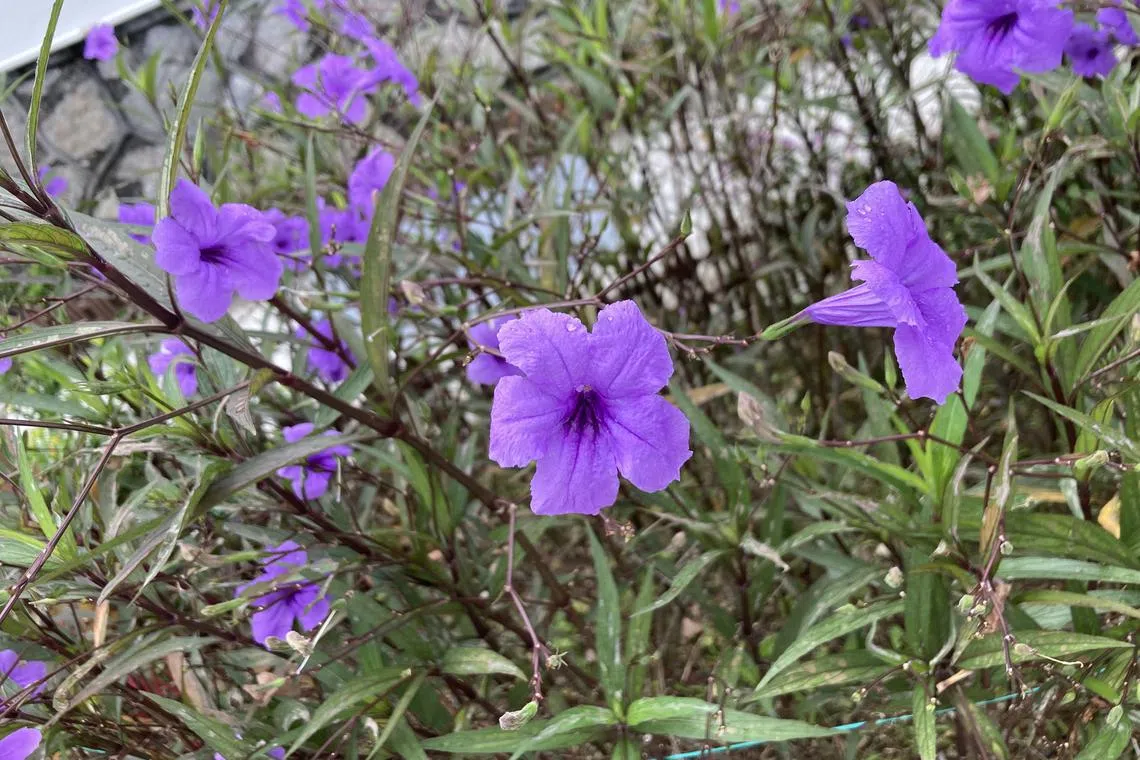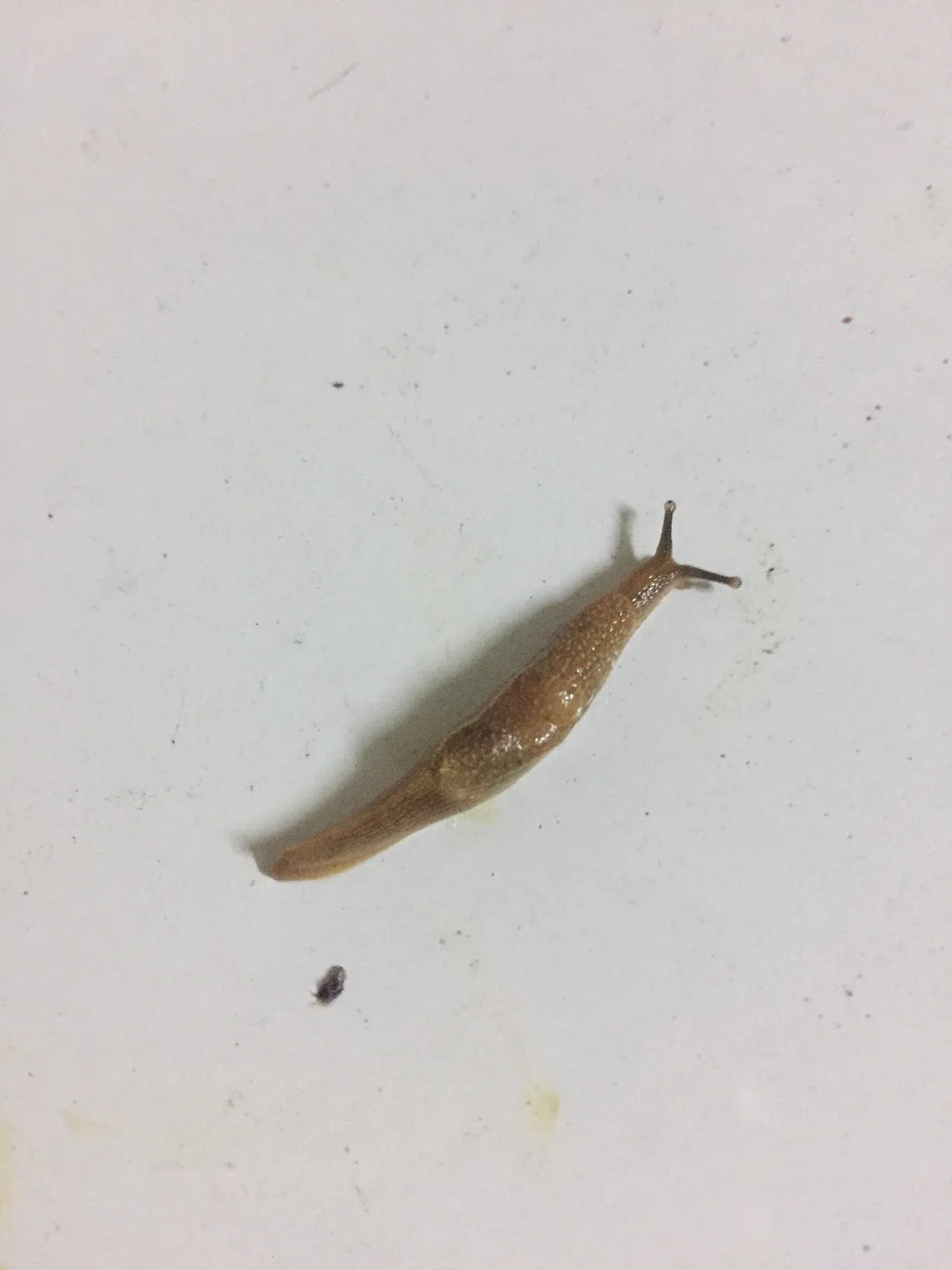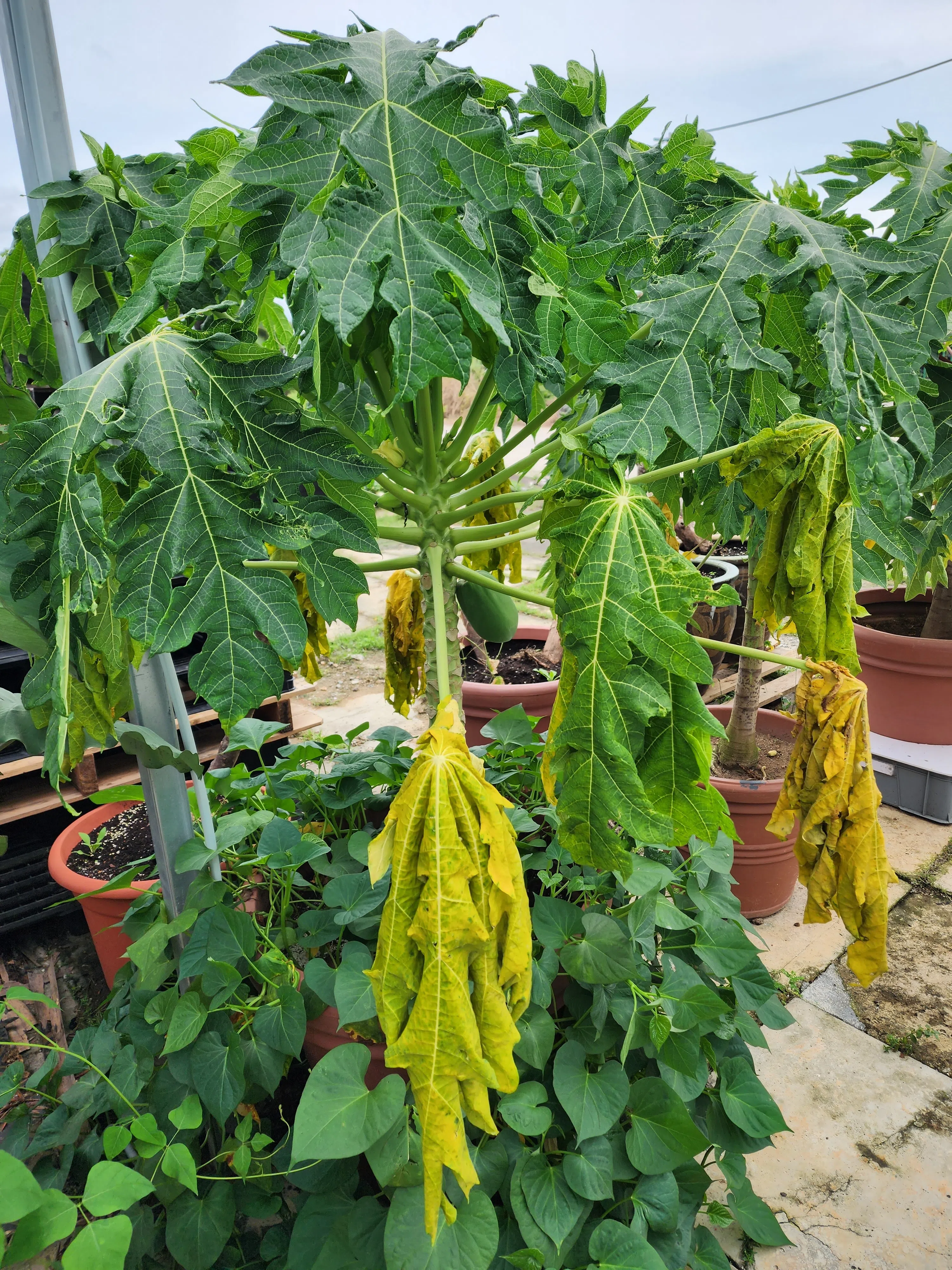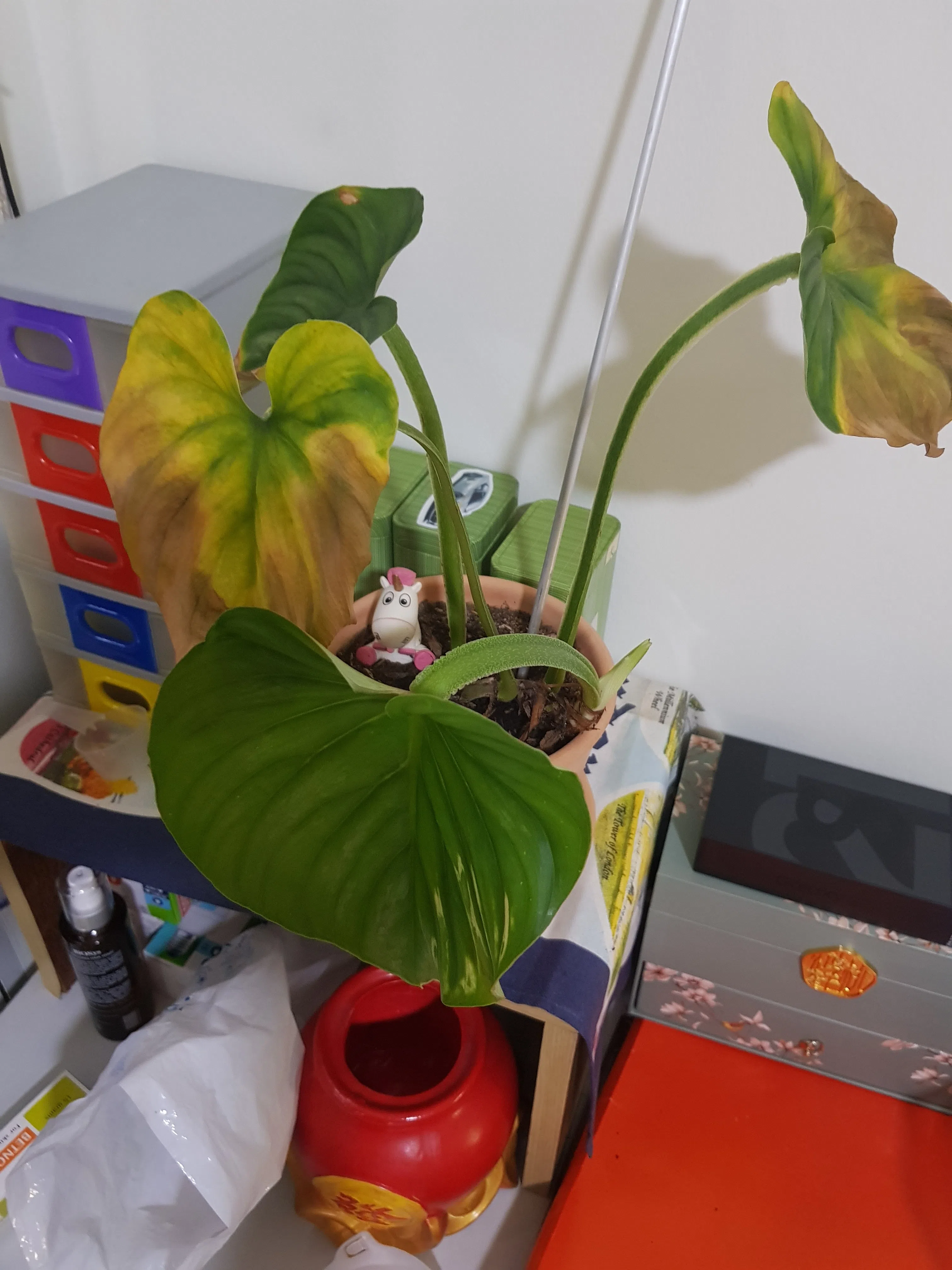Root Awakening: Fortune Tree needs more light
Sign up now: Get ST's newsletters delivered to your inbox

The Fortune Tree does not appear to be getting enough sunlight for healthy growth.
PHOTO: TAN PEY LIN
Wilson Wong
Follow topic:
Fortune Tree not getting enough sunlight
I have been growing this lucky bamboo plant for about two years and repotted it a year ago. It is about 1.5m from an open window and is watered three to four times a week. In the last six months, the leaves have been yellowing and falling, but new leaves are still growing. What is wrong?
Tan Pey Lin
The plant you have is Pachira aquatica, commonly called Guiana Chestnut or Fortune Tree. The latter name is used to market it as a festive plant for Chinese New Year. It can grow into a large tree outdoors.
Your plant does not appear to be getting enough sunlight for healthy growth, judging by its stretched stems and succulent leaf tissues. Its current location, a shaded area far from a window, does not offer enough light. As such, leaves on the lower part of the plant will turn yellow and die as resources from the older leaves are channelled to produce new leaves. Move the plant to the windowsill or balcony, where it can get more light.
Mexican Petunia is a common landscaping plant

Local cultivars of the Mexican Petunia produce flowers in three different colours: white, pink and purple.
PHOTO: JUNE HO
What is this flower? Is it poisonous?
June Ho
The plant is botanically known as Ruellia simplex. Its common name is the Mexican Petunia. Local cultivars produce flowers in three different colours: white, pink and purple. The plant is not documented to be toxic.
Slugs are common garden pests

The slug is a common garden pest. Gardeners use beer or commercial bait to reduce the population.
PHOTO: LEE CHEE CHEE
I found this worm in my garden. Will it harm my plants? It is about a centimetre long and quite rubbery.
Lee Chee Chee
The creature in the picture is a slug, a shell-less terrestrial gastropod mollusc. It is a common garden pest that tends to hide in dark and moist areas, and consume plants’ soft tissues. Clear and clean up areas that may harbour these pests. Gardeners use beer or commercial bait to reduce the pest population.
Papaya plant needs well-draining soil

The papaya is prone to a range of diseases caused by bacteria, fungi and viruses.
PHOTO: ADRIAN LING
Why are my plant’s leaves turning yellow and what can I do to nurse it back to health?
Adrian Ling
To grow a healthy papaya plant, you must follow the correct watering regimen and maintain an appropriate level of soil moisture in the root zone.
Growing it in a large pot may be a good practice, as this will prevent the waterlogging issues often encountered when these plants are grown in Singapore’s clay-like ground soil. Soil used to grow papaya should be well-draining and porous. Soil that is compacted or has high clay content can hinder drainage of water and cause plants to develop wet feet.
Your plant is large, so ensure the plant gets enough water, especially during hot and dry weather. The lack of water can cause plants to wilt and lower leaves to turn yellow if plants are allowed to wilt and dry out.
On the other hand, under exposed conditions, the roots and growing media of these plants can get too wet during the rainy season. Plants that do not dry out will suffer from root rot and disease.
The papaya is prone to a range of diseases caused by bacteria, fungi and viruses. These can be spread by wind, rain and poor garden sanitation. You will need to send plant tissues to a phytopathology lab to ascertain the exact cause of the disease. Infected plants will often have infected internal vascular systems, which show up as discoloured tissue when the stem is cut.
Philodendron needs light to thrive

This cutting looks like that of a Philodendron species.
PHOTO: DAVID NG
My plant recently grew a single new leaf. After some time, the rest of the existing leaves started to change colour and looked like they were dying. I keep the plant indoors and sometimes place it outdoors, and water it on alternate days. What is wrong with my plant and how do I care for it properly?
David Ng
The cutting you have looks like that of a Philodendron species. A picture showing the entire leaf will be useful in helping to ascertain its identity.
Has your cutting produced roots? Once a cutting has rooted, move it to an area with at least six hours of filtered sunlight a day. It is a misconception that such foliage plants are indoor plants that can grow in dim areas. The lack of light does not allow the plant to photosynthesise, which is essential to sustain growth.
Plants need to be kept moist but not wet. They should not be allowed to dry out. Devise a watering regimen in accordance to your growing area. Growing media must be porous and well-drained. Spray the plant regularly to wash away dust and pests.
Check the yellowed portions of leaves for spider mite infestation or fungal spots, as these are common issues when growing plants indoors. Take appropriate remedial action to ensure the plant is not severely affected. Also, the cutting should not be planted too deeply in the growing media.
Answers by Dr Wilson Wong, an NParks-certified practising horticulturist, parks manager and ISA-certified arborist. He is the founder of Green Culture Singapore and an adjunct assistant professor (Food Science & Technology) at the National University of Singapore.
Have a gardening query? E-mail it with clear, high-resolution pictures of at least 1MB, if any, and your full name to . We reserve the right to edit and reject questions.

